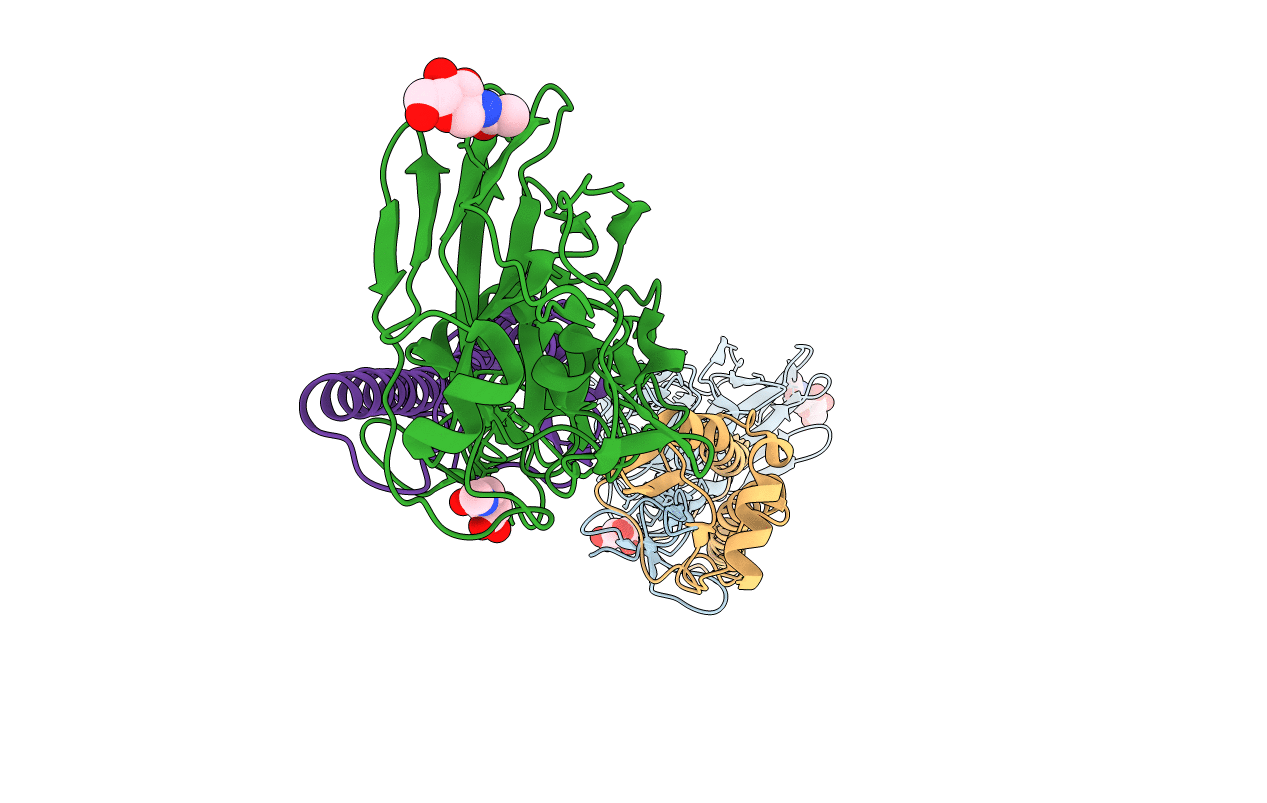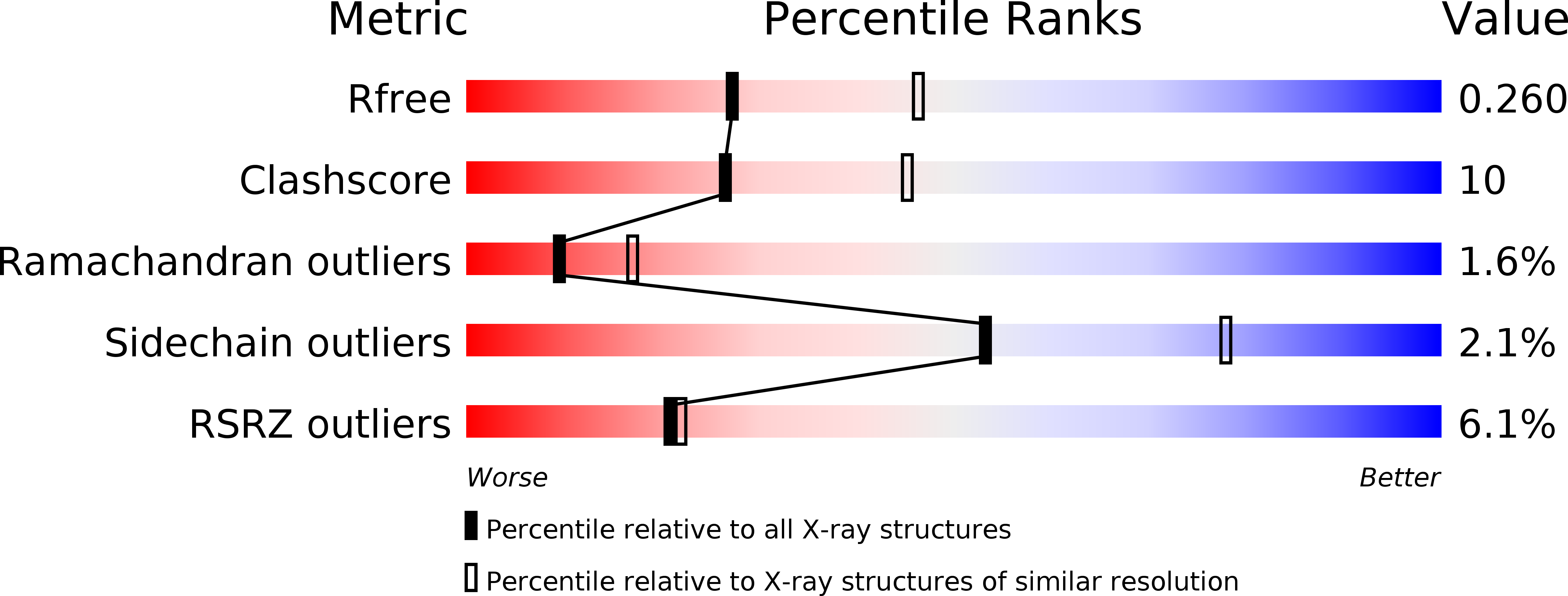
Deposition Date
2017-05-10
Release Date
2017-08-02
Last Version Date
2024-11-06
Entry Detail
PDB ID:
5XLB
Keywords:
Title:
The structure of hemagglutinin Q226L-G228S mutant from an avian-origin H4N6 influenza virus
Biological Source:
Source Organism:
Host Organism:
Method Details:
Experimental Method:
Resolution:
2.50 Å
R-Value Free:
0.25
R-Value Work:
0.21
R-Value Observed:
0.21
Space Group:
H 3 2


